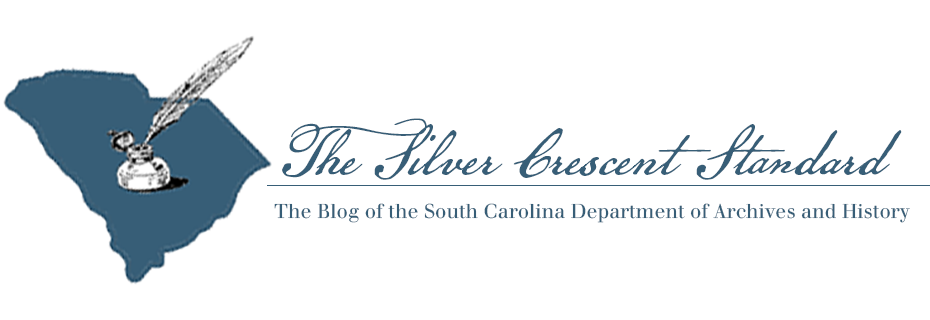
A Blog Post by Brad Sauls
South Carolina is fortunate to have many historic buildings and sites that are physical reminders of our state’s history. These places are not just museums visited by tourists but are also the very fabric of our communities where we attend school, go to church, or enjoy the arts. One of the most common requests for information that we receive is about grants to help preserve these special places. While grant opportunities specifically for historic places are very limited, there is a funding opportunity through the State Historic Preservation Office (SHPO) that can assist projects in South Carolina.
The South Carolina SHPO (and each SHPO in all 50 states, plus territories) receives funding annually through the National Park Service to help operate the National Register of Historic Places at the state level and manage several associated programs. In addition to supporting SHPO operations, this annual federal grant serves as a source of matching funds for local preservation projects. Each year the SHPO accepts applications for grants to support a wide variety of preservation planning projects and projects to repair historic buildings (grants for repairs are limited to our 36 Certified Local Governments). Over the last four funding cycles, the SHPO has awarded an average of $212,000 annually funding eight to ten projects each year. Local recipients match the award dollar-for-dollar, with the maximum award totaling $35,000.
Over the years, the SHPO has worked with many local governments, non-profit organizations, and other community groups across the state to identify, record, and preserve significant historic places in South Carolina. These partnerships result in historic resources surveys, preservation plans for individual buildings, and design guidelines for local preservation boards. The SHPO works with potential applicants to identify projects that meet the following criteria: involve significant resources, result in public benefit, follow a strong plan, are part of a larger planning process, and help address threats to the preservation of the resources. For projects that are located in Certified Local Government communities we also offer grants to help with the cost of stabilizing or weatherproofing threatened buildings. Potential applicants are encouraged to contact me (Brad Sauls, at bsauls@scdah.sc.us or 803-896-6172) anytime to discuss their projects. We will talk about your goals for the project, finding professional assistance, determining your budget, timelines, and other project requirements.
For many of the organizations we work with, the federal preservation grant helps set the foundation for a larger project. For example, in 2015 we awarded a planning grant to Trinity United Methodist Church in Orangeburg to help pay for a preservation architect to conduct a conditions assessment of their historic church. The congregation knew their church needed significant repairs, but they needed a thorough and systematic investigation of the building to identify all of their needs. The resulting conditions assessment described needed repairs that would maintain the historic character of the building, and provided the cost estimates for a realistic fundraising plan. The assessment helped Trinity UMC make a strong application directly to the National Park Service (NPS) for an African American Civil Rights grant (AACR) to help pay for the needed repairs. NPS has since awarded two grants from the AACR program to Trinity totaling one million dollars.
Another planning grant awarded in 2018 to the Edisto Island Open Land Trust (EIOLT) helped produce a conditions assessment and restoration recommendations for the historic Hutchinson House. Henry Hutchinson, who was born enslaved, built the house in the 1880s and later operated one of the first African-American owned cotton gins on the island. When EIOLT acquired the property for preservation in 2016, the Hutchinson House had long been vacant and was in need of major repairs. After utilizing a grant from the SHPO to conduct a planning study in 2019, EIOLT successfully pursued multiple grants including an African American Cultural Heritage Action Fund grant ($85,000) from the National Trust for Historic Preservation and a grant ($5,000) from the Johanna Favrot Foundation to begin stabilizing the house. In 2020, EIOLT completed significant stabilization work including a new roof, repaired siding and windows, and a secure foundation. This successful grant project helped put EIOLT on the path towards its goal of opening the house to the public after the restoration work is completed.
Federal funds from the National Park Service administered through the SHPO support local preservation initiatives each year. The SHPO will soon also have a state source of funds to assist with preservation. In 2020, the South Carolina General Assembly amended state law to require applicants for state historic preservation tax credits to pay an application fee. The fee will go directly to the State Historic Preservation Grant Fund. The SHPO will use the fees accumulated in the fund to award grants for stabilization projects through a competitive application process. With two grant programs, the SHPO looks forward to increased opportunities to help save historic places across South Carolina.
